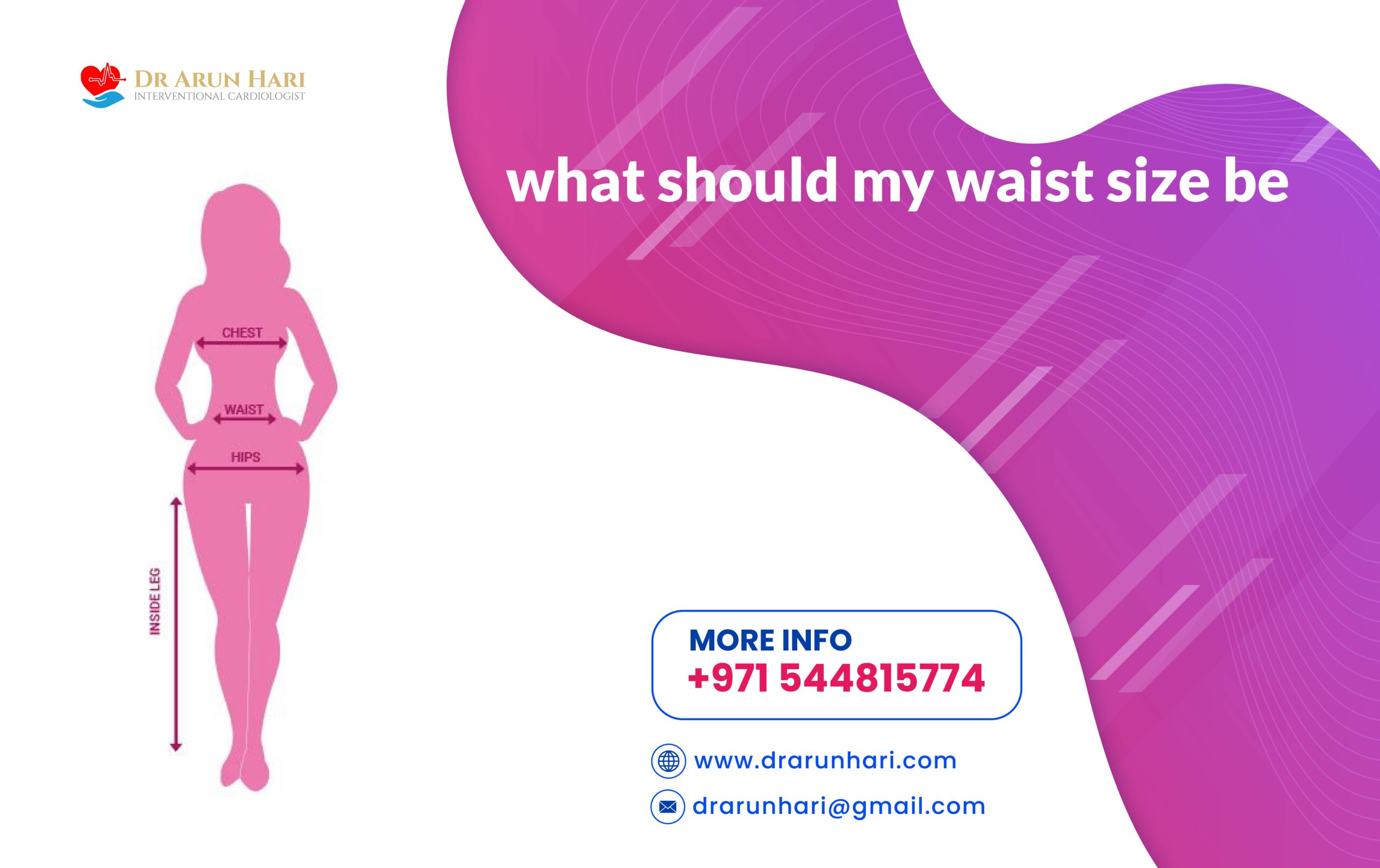कमर का आकार और हृदय स्वास्थ्य सहसंबद्ध हैं!
हम सभी जानते हैं कि अधिक वजन होने से कई स्वास्थ्य समस्याएं हो सकती हैं, लेकिन क्या आप जानते हैं कि अतिरिक्त वजन उठाने से आपको हृदय रोग का खतरा भी हो सकता है? यह सही है; अपनी कमर के चारों ओर बहुत अधिक चर्बी होने से हृदय रोग का खतरा बढ़ सकता है, भले ही आपको तकनीकी रूप से मोटा न माना जाए।
आपकी कमर का आकार हृदय रोग के जोखिम को निर्धारित करने में एक प्रमुख कारक है! तो, अतिरिक्त पाउंड और हृदय रोग के बीच संबंध अच्छी तरह से स्थापित है। लेकिन अतिरिक्त वजन उठाने से हृदय रोग का खतरा क्यों बढ़ जाता है? एक कारण यह है कि अतिरिक्त वजन, विशेषकर कमर के आसपास, उच्च रक्तचाप का कारण बन सकता है। ऐसा इसलिए है क्योंकि आपके पेट के अंगों में और उसके आस–पास वसा ऊतक ऐसे पदार्थ छोड़ता है जो आपके रक्तचाप को बढ़ा सकते हैं। कमर का आकार आपके शरीर में वसा ऊतक की मात्रा का एक अच्छा संकेतक है।
बड़ी कमर वाले लोगों में छोटी कमर वाले लोगों की तुलना में उच्च रक्तचाप होने की संभावना अधिक होती है। अतिरिक्त वजन होने से मधुमेह का खतरा भी बढ़ जाता है। जब आपको मधुमेह होता है, तो आपका शरीर ठीक से इंसुलिन नहीं बना पाता या उसका उपयोग नहीं कर पाता। यदि आपको मधुमेह है, तो आपके रक्त में बहुत अधिक शर्करा आपके हृदय और अन्य अंगों को नुकसान पहुंचा सकती है।
बीएमआई को समझना
सबसे पहले और सबसे महत्वपूर्ण, आपको बॉडी मास इंडेक्स या बीएमआई की मूल बातें अच्छी तरह से समझनी चाहिए। बीएमआई एक गणना है जो आपकी ऊंचाई और वजन को ध्यान में रखकर यह अनुमान लगाती है कि आपका वजन स्वस्थ है, अधिक है या मोटापे से ग्रस्त हैं। क्या आपको निश्चित नहीं कि आपकी कमर का आकार क्या होना चाहिए? आपको अपनी ऊंचाई और वजन के अनुसार शरीर में वसा को मापकर बीएमआई से शुरुआत करनी चाहिए। 25-29.9 बीएमआई अधिक वजन की श्रेणी में होगा, जबकि 30 या उससे अधिक बीएमआई मोटापे की श्रेणी में होगा। हालाँकि, बीएमआई हमेशा सटीक नहीं होता है, खासकर यदि आपकी मांसपेशियाँ बहुत अधिक हैं। इसलिए अपनी कमर का साइज मापना भी जरूरी है।
कमर का आकार मायने रखता है!
क्या आप जानते हैं कि आपकी कमर का आकार क्यों मायने रखता है? आपकी कमर का आकार इस बात का अच्छा संकेतक है कि आपके अंदर कितनी आंत की चर्बी है; यह वसा का वह प्रकार है जो आपके आंतरिक अंगों को घेरे रहता है। बहुत अधिक आंत वसा सूजन और हृदय रोग सहित कई अन्य स्वास्थ्य समस्याओं का कारण बन सकती है। यहां बताया गया है कि कमर का आकार क्यों मायने रखता है: अपने मध्य के आसपास अतिरिक्त वजन होने से उच्च रक्तचाप, उच्च कोलेस्ट्रॉल और टाइप 2 मधुमेह का खतरा बढ़ जाता है – हृदय रोग के लिए ये सभी प्रमुख जोखिम कारक हैं।
कमर का आकार मापना
अपनी कमर के आकार को मापने के लिए, अपने पेट के सबसे संकीर्ण बिंदु पर, अधिमानतः अपनी नाभि पर एक मापने वाला टेप लपेटें। एक बार जब आपका माप हो जाए, तो आप नीचे दिए गए मेट्रिक्स का उपयोग करके यह देख सकते हैं कि क्या आपकी कमर का आकार आपको हृदय रोग के खतरे में डालता है।
- कमर की परिधि: आदर्श रूप से, यदि आप महिला हैं तो आपकी कमर का आकार 35 इंच से कम होना चाहिए या यदि आप पुरुष हैं तो 40 इंच से कम होना चाहिए।
- कमर से कूल्हों का अनुपात: महिलाओं के मामले में स्वस्थ अनुपात 0.8 इंच से कम है, और पुरुषों के मामले में 0.9 इंच से कम है।
- कमर से ऊंचाई का अनुपात: आपकी कमर का आदर्श माप आपकी ऊंचाई के आधे से कम होगा। (उदाहरण के लिए, यदि कोई व्यक्ति 5 फीट 6 इंच लंबा है, या कहें 66 इंच लंबा है, तो उसकी आदर्श कमर का आकार 33 इंच के करीब है, और अधिक नहीं)
डॉ. अरुण आपका अच्छा मार्गदर्शन कर सकते हैं!
यदि आपकी कमर का आकार बड़ा है, तो इस क्षेत्र से कुछ वजन कम करने के लिए कुछ कदम उठाने का समय आ गया है। स्वस्थ हृदय के लिए स्वस्थ कमर का आकार बनाए रखने का अत्यधिक महत्व है! अच्छी खबर यह है कि कमर के आकार में थोड़ी सी भी कमी आपके हृदय स्वास्थ्य पर बड़ा प्रभाव डाल सकती है। तो, आज ही जीवनशैली में बदलाव करना शुरू करें! आप इस संबंध में अबू धाबी में डॉ. अरुण से भी संपर्क कर सकते हैं, जो आपको सर्वोत्तम चिकित्सा सलाह देंगे।





